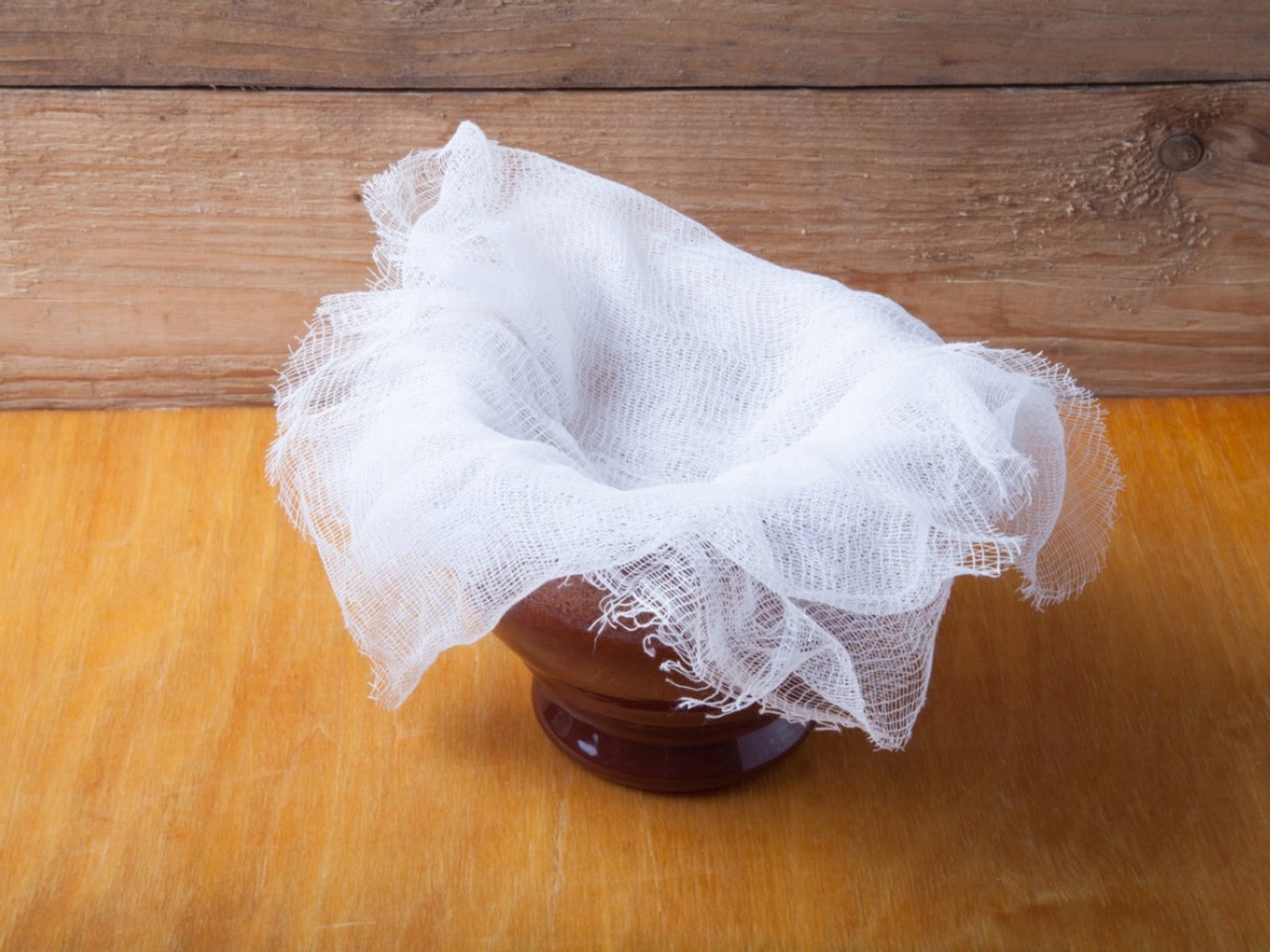Cheesecloth Fabric: Tips For Using Cheesecloth In The Garden


Occasionally, due to references in articles, we hear the question, “What is cheesecloth?” While many of us already know the answer to this, some people don’t. So, what is it anyway and what does it have to do with gardening? Keep reading to learn more.
What is Cheesecloth?
This multi-purpose fabric is a type of lightweight cotton traditionally used by cheesemakers to protect cheese during the aging process, hence its name. Cheesecloth is handy in the kitchen because it allows air to circulate but doesn’t change the flavor of food. However, if cooking isn’t your thing and you’d rather be outdoors, there are a variety of uses for cheesecloth in the garden too. Read on to learn about a few of the many uses for cheesecloth fabric, cheesecloth garden uses in particular.
Using Cheesecloth in the Garden
Below are some common cheesecloth garden uses:
Frost protection
Cheesecloth works well as a floating row cover that allows water, air, and light to reach the plants while protecting them from cold. Drape cheesecloth loosely over plants, then anchor the edges with anchoring pins, rocks, or soil. Remove the cheesecloth before temperatures get too hot. If you’re growing vegetables such as squash, melons, or cucumbers, remove the cover before the plants bloom so insects can access the plants for pollination.
Protecting plants in hot weather
Since cheesecloth is so gauzy and light, you can drape it directly over plants to protect them from heat. The cloth lowers the temperature and keeps the air moist while blocking up to 85 percent of direct sunlight. Keep in mind that cheesecloth comes in various weaves, from extra-fine to loose and open.
Insect barriers
Most garden insects are beneficial, helping protect plants from unwanted pests. Covering plants loosely with cheesecloth is a safe, non-toxic way to protect plants from those predatory pests without harming the good bugs. As noted above, be sure to remove cheesecloth in time for pollination to take place, and before the arrival of hot weather (unless they’re in need of heat protection). Some pests, such as codling moths, are discouraged by an herbal mixture consisting of chives, garlic, lavender, and cedar chips. You can also add dried lemon peels, rosemary, and a few drops of cedar oil. Wrap the mixture in a cheesecloth pouch tied with string and hang it near the affected plant.
Miscellaneous uses in the garden
If you make compost or manure tea, a piece of cheesecloth makes a great, disposable strainer. You can also use cheesecloth as a planting medium for starting seeds for the garden or for sprouting tiny seeds, such as chia seeds or flax.
Sign up for the Gardening Know How newsletter today and receive a free copy of our e-book "How to Grow Delicious Tomatoes".
Cheesecloth Alternatives
Cheesecloth is usually inexpensive and easy to find in any fabric store, or in stores that carry cooking gadgets. Most craft stores also carry cheesecloth. If you’re looking for cheesecloth alternatives, consider fine, unbleached muslin. Other alternatives, such as coffee filters, are usually too small to be useful in the garden; however, they are great for use in lining the bottom of pots to prevent soil from coming through the drainage holes.

A Credentialed Garden Writer, Mary H. Dyer was with Gardening Know How in the very beginning, publishing articles as early as 2007.